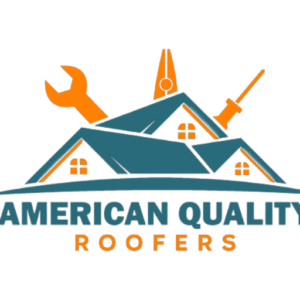American Quality Roofers brings over 15 years of hands-on experience to every metal roofing project in Houston. We specialize in delivering top-tier results with unmatched skill and precision. Whether you’re planning a roof replacement or working on a new construction, our team supports you through every phase of the process.
Additionally, we recognize the specific demands of both residential and commercial properties. That’s why we emphasize durability, energy efficiency, and curb appeal—ensuring your metal roof not only performs well but also enhances the look of your building.
When it comes to choosing the right metal roofing panels, we provide clear guidance based on your needs. Many homeowners opt for 26-gauge R-panels, which offer a strong balance of affordability and durability. On the other hand, commercial clients typically select 24-gauge panels in either R-panel or standing seam styles for enhanced strength and performance.
Because every structure is different, we take time to understand your priorities and recommend the best solution for your budget and goals. Our certified team then handles the installation with precision, using proven techniques that ensure long-term protection and satisfaction.

R-Panel is a multi-use wall and roof panel used primarily in pre-engineered metal building applications. R-Panel is also a popular choice for residential metal roofing. An optional purlin bearing leg (PBR) rests on purlins and provides support for fastening the panel lap. Fade and Chalk resistant Kynar 500 (PVDF) coatings provide building owners with a long-term, high performing panel that retains its original color and beauty year after year.
R-Panel testing, and classifications includes UL 580 Class 90 Uplift testing, ASTM E1680 air infiltration, ASTM E1646 water infiltration, and UL2218 Class 4 impact resistance.
Because R-Panel is very versatile and utilized on a wide variety of applications, it is available in many options. R-Panel is available with and without purlin bearing legs (PBR). Typically, PBR panels are utilized on roof applications because roofers appreciate the extra support when installing the panels to the roof substrate, or deck. Non PBR panels are more common for wall applications. Building owners can select R-Panel in wide range of Kynar 500® colors, or silicone-modified polyester coatings. R-Panel’s most popular steel substrate is 26 GA Galvalume®. Or select optional 22- or 24-gauge Galvalume® panels.
Standing seam systems are used for a wide range of applications and projects. These systems feature interlocking seams that connect panels, giving the roof a distinct, and attractive, appearance.
Furthermore, standing seam systems are manufactured from high-end steel or aluminum offering years of low-maintenance service life.


Standing seam systems attach to the substructure with concealed fasteners. Since there are no exposed screws with washers that can shrink or crack over time, they are considered a more weather-tight system than exposed fastener systems.
We are available to help you 24 hours a day, seven days a week.
© 2023 American Quality Roofers.


![]()
